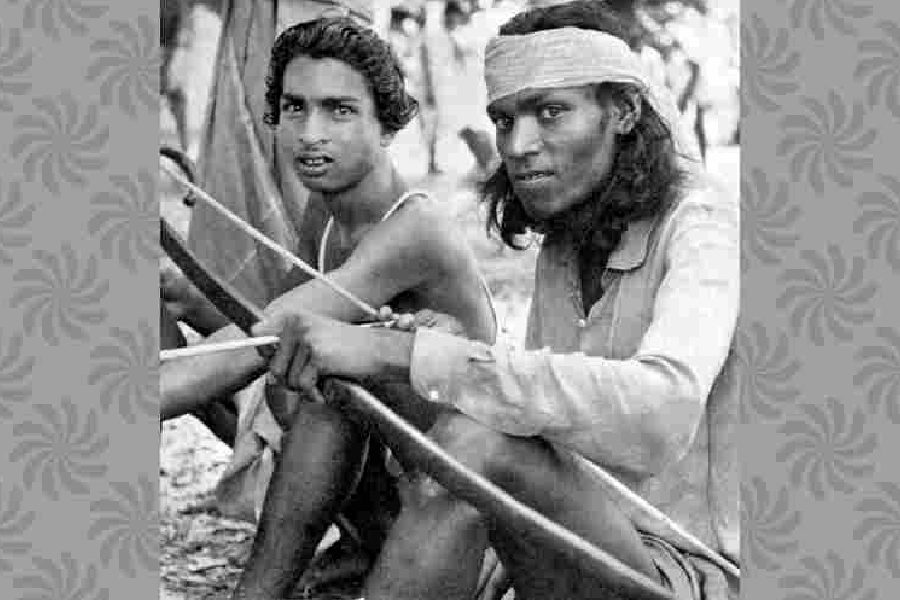On the night of June 29, 1855, two brothers Kanhu and Sidhu Murmu, from the Santhal community, called for Santhals to assemble in the valley of Burhyte, present-day Barhait, in Jharkhand. From the next day the Santhal uprising, which took place two years before the army uprising, started against the British.
Burhyte, where the brothers lived, was at the heart of the Damin, a region demarcated by the British for Santhals to settle in.
Sidhu, Kanhu and their two younger brothers, landless labourers, were leading the uprising to protest against their oppression by the British and local zamindars and mahajans, or moneylenders. The Santhals were crushed by the moneylenders. Kanhu and Sidhu were talked about widely in European newspapers, writes historian Peter Stanley. The uprising spread and several zamindars and moneylenders were killed. The British administration was caught by surprise. It proclaimed martial law in November and in January the law was suspended and the uprising finally suppressed.
